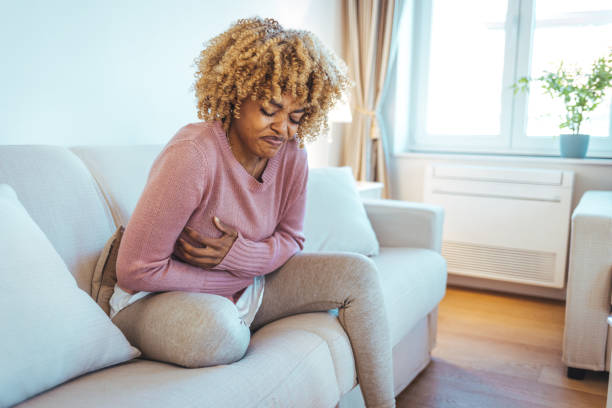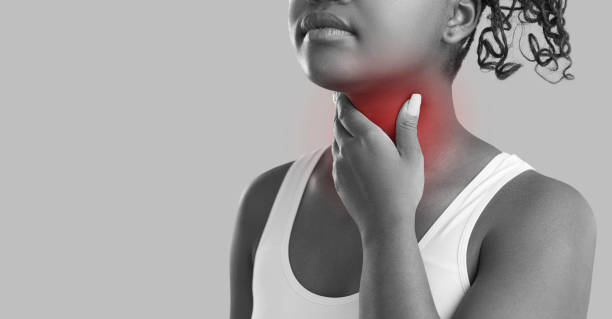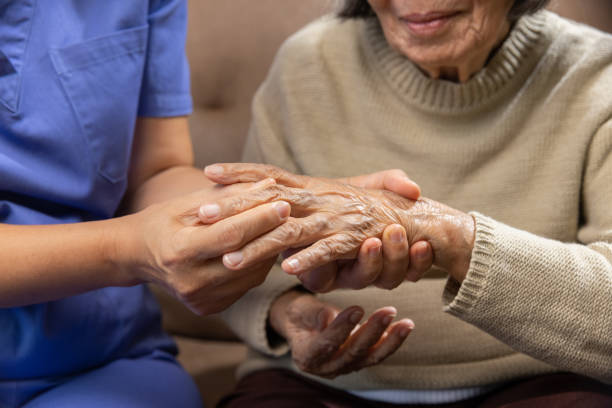By Evans Matthews
When the body’s defense system turns on itself, the result can be a lifetime of pain, fatigue, and uncertainty. Autoimmune diseases—conditions where the immune system mistakenly attacks healthy tissues—affect millions of people worldwide. But what is particularly striking is that nearly 80 percent of those affected are women, according to the American Autoimmune Related Diseases Association (AARDA). From lupus and rheumatoid arthritis to multiple sclerosis and Hashimoto’s thyroiditis, women bear the heaviest burden of these invisible illnesses.
“Autoimmunity is one of the most important yet underrecognized health issues in women today,” says Dr. Nancy Klimas, an immunologist at Nova Southeastern University, USA. “We need to understand that this is not just a medical issue but a gender issue influenced by biology, hormones, and even social factors.”

Why Women?
Scientists are still unraveling the reasons why autoimmune diseases disproportionately affect women. One theory points to hormonal differences, particularly the influence of estrogen on immune system regulation. Estrogen tends to enhance immune responses—beneficial in fighting infections—but this same strength may lead to overactivity, triggering the immune system to attack the body’s own cells.
Genetics also play a role. The X chromosome, of which women have two, carries several immune-related genes. While this gives women a stronger defense against pathogens, it may also increase the likelihood of immune misfires. Environmental triggers such as stress, infections, toxins, and even certain medications further complicate the picture.
Dr. Anu Goel, a rheumatologist in New Delhi, India, explains, “Autoimmune disorders often emerge in women during their childbearing years. This timing suggests that hormonal fluctuations during menstruation, pregnancy, or menopause may influence disease onset and progression.”
The Burden of Invisible Illness
Autoimmune diseases often hide in plain sight. Symptoms like chronic fatigue, joint pain, brain fog, and skin rashes can be mistaken for stress or emotional distress—leading to misdiagnosis or delayed treatment. “It took six years for doctors to confirm my lupus,” says 32-year-old Maria Lopez from Spain. “By then, the disease had already affected my kidneys. Early diagnosis could have made a huge difference.”
This diagnostic delay is not uncommon. Many women report feeling dismissed or misunderstood by healthcare providers—a reflection of persistent gender bias in medicine. In low-and-middle-income countries, limited access to rheumatologists and immunologists worsens the situation, leaving many untreated or relying on inadequate care.

Hope through Research and Advocacy
Despite these challenges, global awareness is growing. Advances in biologic therapies—targeted drugs that modulate immune activity—are offering new hope. The World Health Organization (WHO) and several women’s health organizations are also pushing for more gender-specific research, particularly in Africa and Asia, where autoimmune data remain scarce.
Lifestyle interventions—like anti-inflammatory diets, stress management and moderate exercise—also play a crucial role in improving quality of life. “Managing an autoimmune condition is about balance,” says Dr. Goel. “Medicine alone is not enough; mental resilience and community support are equally important.”
The Way Forward
Autoimmune diseases remind us of the complexity of the human body and the resilience of women who live with them daily. As medical research deepens and awareness grows, there is hope that early detection, better care, and compassionate understanding will finally turn the tide in favor of those affected.
As Maria Lopez puts it, “The disease may have changed my life, but it hasn’t taken my strength.





